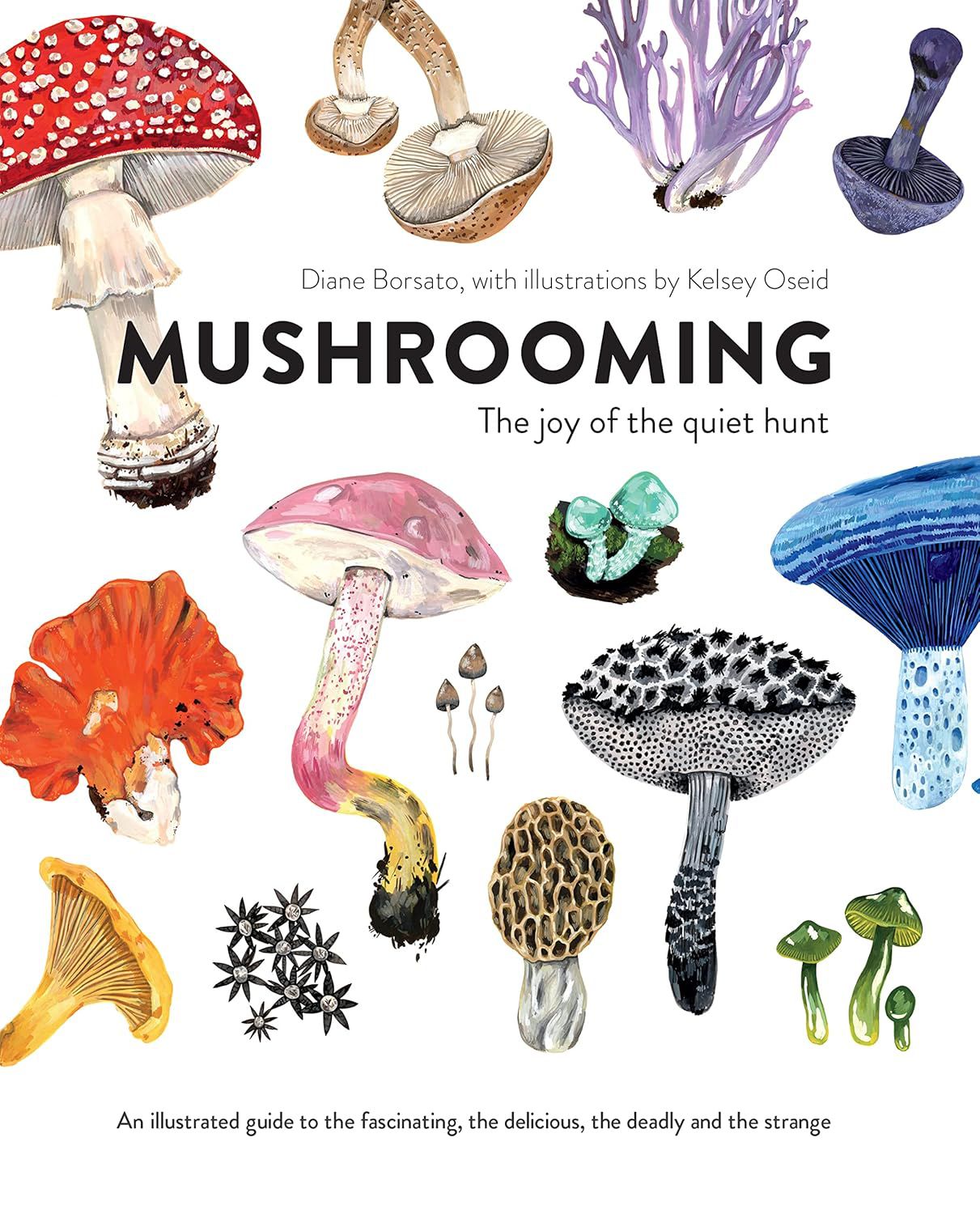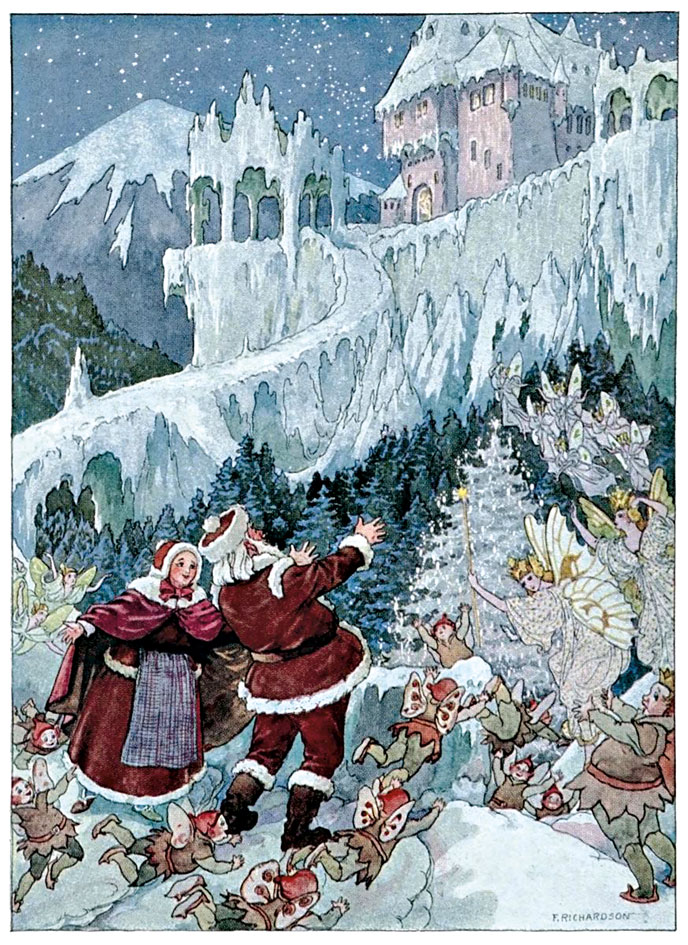Onstage a group of writers and critics sat in a semicircle and spoke earnestly about whether or not a national literature could exist in two languages, a harmless enough question that might be asked in either official language, but only in Ottawa would anyone try to answer it, without irony and in both languages at once; for the conversation, which was taking place in the Museum of Civilization, was relentlessly, touchingly bilingual, with no translation provided. The question of the national literature had been put on behalf of the CBC by John Ralston Saul, the husband of the Governor General; he was wearing bright yellow socks that caught the light when he sat down and then again whenever he crossed his legs. Mr. Ralston Saul was sitting at midpoint in the semicircle; to his right sat a poet wearing a bright yellow tie, the knot of which, when seen from the floor where the audience sat in rows, lined up with the two points of colour defined by Mr. Ralston Saul’s socks to form the apex of an obtuse triangle.
The stage was a replica of a boardwalk stretching along the imagined shoreline of the Pacific Ocean in a simulated First Nations village consisting of several Big Houses with elaborate facades; the audience was sitting where the imaginary breakers of the Pacific Ocean would be rolling in toward the boardwalk, were the virtual to be magically swapped for its referent; indeed, audience members in the front rows could see barnacles attached to the wooden pilings holding up the boardwalk, and some were tempted to lean over and touch them in order to answer the real question on everyone’s mind: are those barnacles real or not? There were totem poles everywhere, massive, possibly authentic, stretching into the vaulted space above the little group of writers and critics; beyond the village at their backs could be glimpsed the distant image of green forests and blue skies, an effect made possible, according to the official web site, by means of the largest colour photograph in the world.
Such a setting, with its invocation of virtual worlds and homage to the Muses, and possibly even parallel universes, perfectly suited the conversation on the stage, which in all of its medium-high seriousness was itself a species of virtual event, an enactment of a conversation that one probably ought to have but never would in real life, just as the First Nations village was what such a place probably ought to look like, although none did. The audience listened politely without listening at all as the conversation wound through its necessary course, and applauded when the conversation ended, thereby indicating to the shadow audience of radio listeners that the event was over and that it had been “live,” before adjourning to the wine-drinking room at the side of the Grand Hall, where questions of a national literature could be put aside and quietly forgotten.
Ottawa is the most virtual of Canadian cities: in the last week of February the sky was a dazzling bright blue and no clouds were to be seen; the snow on the ground was white and crunchy—pristine is the correct word; the air was bright and cold and bracing; the skaters on the Rideau Canal seemed to glide along under the direction of a designer of picture postcards. In these conditions Ottawa is a bucolic dream of Canada glimpsed in pictures, old engravings, the paintings of Cornelius Krieghoff, and surely not real at all: not Ottawa but what Ottawa ought to be. The stony world-weary towers of Parliament frame the grotesque bulk of the Chateau Laurier, where a man clearing ice from the roof rappels down one of its enormous walls with the grace of a mountaineer in an NFB documentary; in the lobby of the Chateau, approachable through revolving doors (the most virtual of doors), photographs by Karsh resemble their originals perfectly as we have seen them over the years in magazines and books: Winston Churchill grimacing, Georgia O’Keeffe musing, Albert Einstein in puppy-dog mode; the doorman, the barman, the porter, the desk clerks all say to you, “It’s my pleasure,” and you don’t believe them.
Near the Parliament Buildings, Queen Victoria surveys the passing scene from a snowy mound. There are statues everywhere in the city, colouring the air with memory traces of military honour and sacrifice, and continuous scrutiny: sailors with binoculars, infantry pressing through a narrow defile, officers with ridiculous headgear, even prime ministers, cast in bronze, standing around on their pedestals, holding newspapers and scrutinizing the horizon. An enormous Sir Galahad in a kilt rises from the sidewalk in front of the gateway to Parliament. “I lose myself, I find myself” is inscribed on its granite base: this is Mackenzie King’s memorial to his friend Bert, who died while trying to save a girl from drowning; no one who lives in Ottawa seems to know of it—indeed, few who visit Ottawa remember seeing it—yet it is the most prominent memorial in the city. When you begin to tire of famous men, famous women appear all in a group, in a tea party of suffragettes rendered larger than life, sitting on enormous bronze chairs, wielding monumental bronze teacups: you walk among them, overwhelmed.
Statues express a virtual world of aspiration, heroics, history: you can almost forget that Lester Pearson sitting on a chair near Queen Victoria is not the real Lester but a “mere” effigy. The plaque beside the bronze angel at the National Capital Commission refers frankly to “this angel,” as if the virtual were all that one needed. And perhaps it is. Inside Parliament, after the first security check, you can observe other visitors holding video cameras before them as they walk slowly through the vaunted halls. At the top of the clock tower a plaque on the wall claims that “at least fifteen flags” can been seen from here, the highest point in the city. You count only thirteen. At two o’clock in the House of Commons, the public gallery fills up for Question Period (after the second security check).
At first the noise, a general hubbub, is disconcerting; many men and a few women gesticulate at desks down below you. Then you recognize the Speaker of the House in his black robe; he looks just like his original on TV; and then you can see the Prime Minister, slouched forward at an angle, as if he were remembering a photograph of himself in that exact position in the newspaper. Little telephones hang by the gallery chairs; you pick one up and hear someone shouting, “Secret Liberal slush fund!” and then the Prime Minister is on his feet, arms outstretched: “Where indeed was the wrongdoing?” he calls out.
It’s hard to believe that real people talk like this: someone else says, “Slush fund junkies addicted to taxpayers’ money?” and desks are being thumped and people are calling out, “Hear, hear” and “Resign, resign!” Mr. Speaker calls, “Order, order,” as if from a script. The debate continues in the tumultuous language of the TV news: visitors hear of “the weaponization of space,” “Nothing sacred” and “Is this not the time to compost the environment minister?” The tenor is raucous, exuberant; the effect is surreal: this is a pageant, an enactment unfolding beneath the passive gaze of a bronze moose and a bronze buffalo; at the back wall, guards in blue shirts with short sleeves watch over the public watching their representatives, and down there somewhere must be the mace, which you recall being the symbol of the Crown, seat of authority and power, and then you remember that the Crown is everywhere and nowhere, itself the virtual thing at the heart of this virtual city.
When the husband of the Governor General entered the Grand Hall of the Museum of Civilization before inaugurating the discussion of the national literature, he had been accompanied by an officer of the armed forces wearing a dress uniform with gold-braid epaulets perched like huge cupcakes on his shoulders. The officer went ahead of Mr. Ralston Saul, breaking trail, so to speak, clearing a path through the virtual citizenry.








